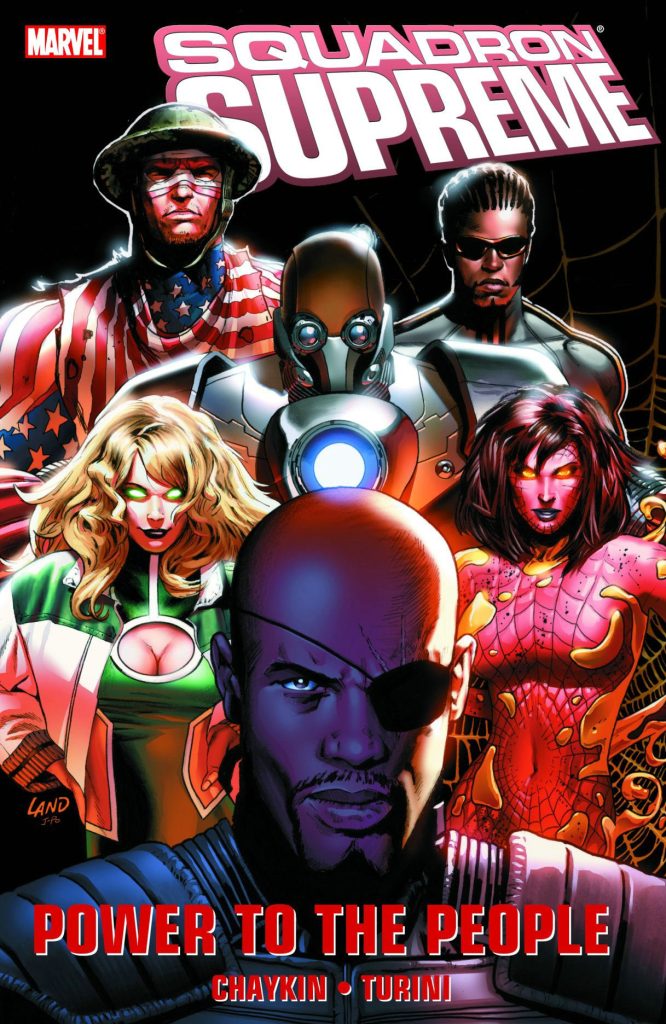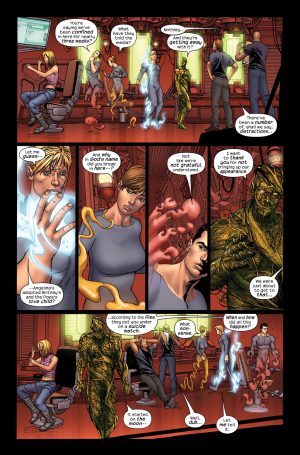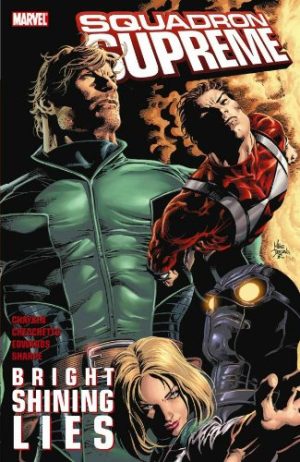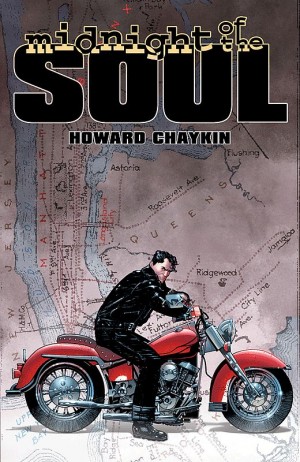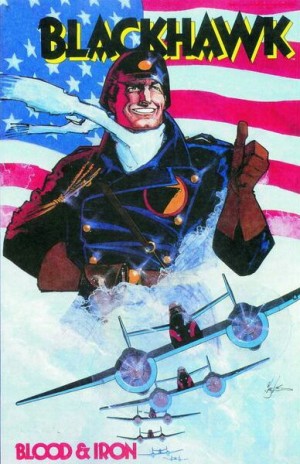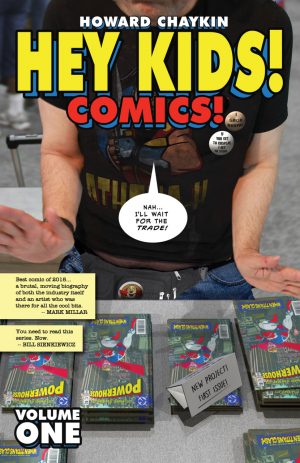Review by Karl Verhoven
Howard Chaykin’s version of Squadron Supreme is in this opening volume of two largely his use of a name with some commercial viability to present his alternate versions of stock Marvel heroes. It’s set on the world of the Squadron Supreme five years after the events of Ultimate Power, with Nick Fury having remained on that world and parlayed himself into a security position much the same as on his homeworld. The most powerful Squadron members have disappeared, and a successful manned mission has just returned from the moon.
Chaykin’s stories thrive on confrontation, personal more than physical, so the four astronauts who’ve returned from the moon resemble a dysfunctional family and the superiority complex of overbearing genius Emil Burbank is a gift to Chaykin. “Now that’s the Emil Burbank I’ve come to know and loathe”, notes Fury, and his isn’t a unique reaction. Rather than any form of team, Fury has to cope with new super-powered beings manifesting across the USA, although a few of the old Squadron Supreme members are used.
Marco Turini’s art frustrates. Talent is obvious and every few pages given a glorious airing, while so much of the remainder tells the story, but in a basic way, the gloss absent. He seems to enjoy drawing Arcanna Jones, though, and other portraits are equally notable. There’s a two page sequence of eight different faces responding to a news broadcast that positively oozes character, but superhero action isn’t as polished.
Much of Power to the People is groundwork aimed at introducing a lot of new creations and guiding them to the same place, and as good as Chaykin is with fractious personalities and manipulative egotists, he’s on autopilot. The underlying elephant in the room is how the US authorities try to control super powers, but a storytelling technique that evolves into no more than two pages per scene before cutting away doesn’t disguise a very slow build to what’s just about in place by the final chapter. Ultimately how good this is will be determined by how good Bright Shining Lies turns out to be. There’s one hell of a final page to take us there
